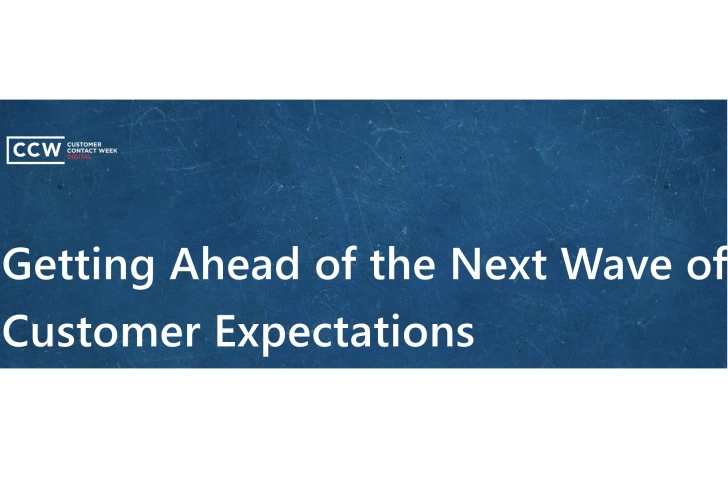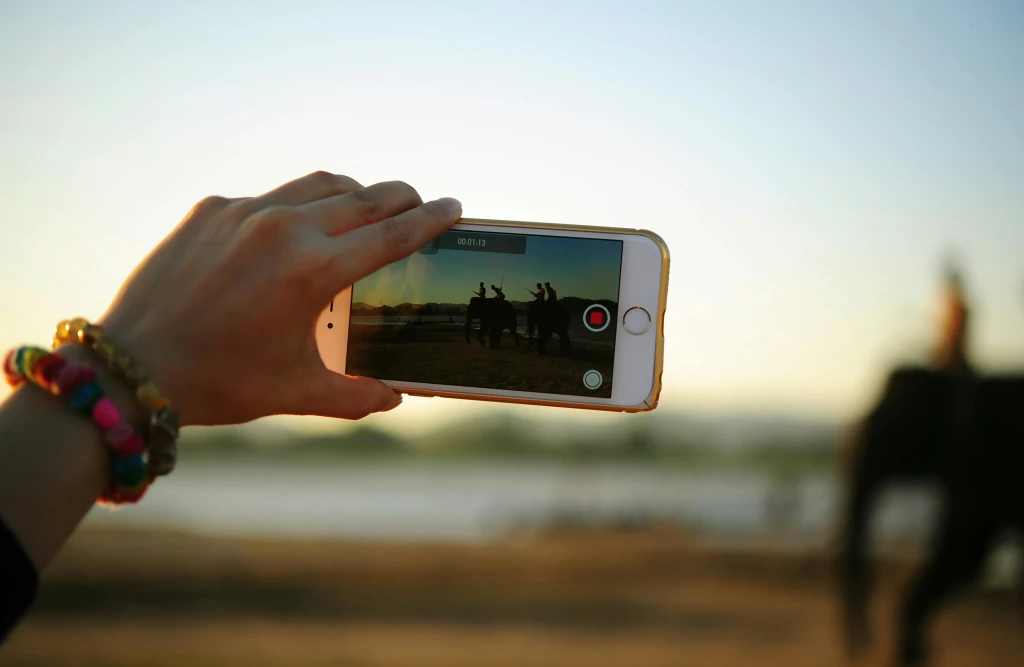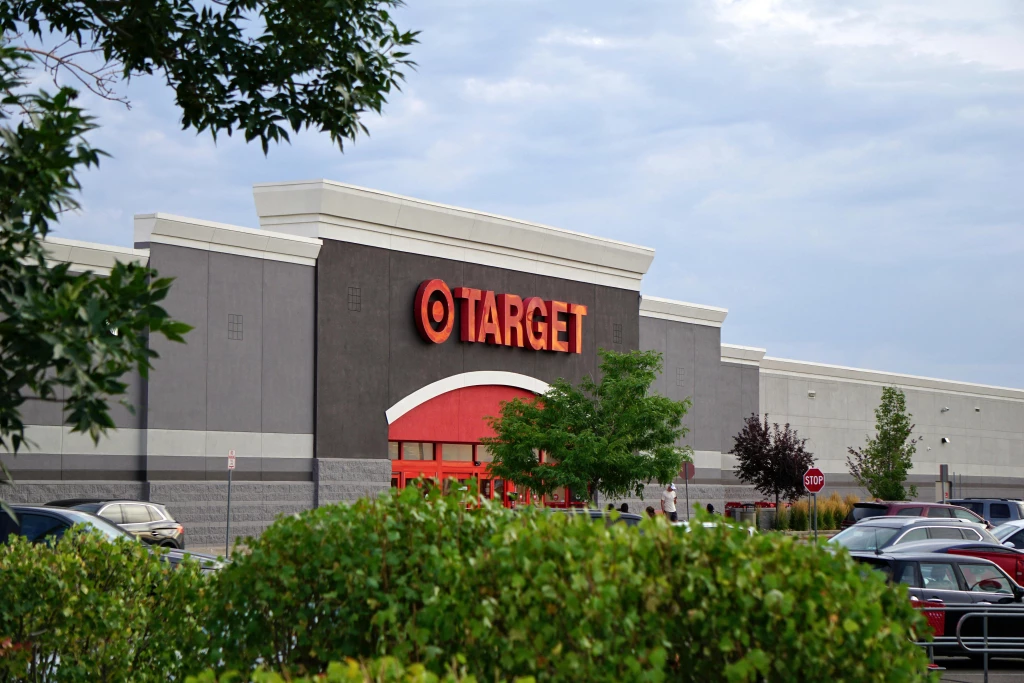Netflix’s New Push To End Password Sharing Brings Accessibility And Security Concerns To The Forefront
In addition to commercials and increased prices, customers now have something else to worry about when it comes to streaming: their privacy.
Add bookmark
Earlier this month it was announced that Netflix will be rolling out new measures to curb password and profile sharing across the television and movie streaming platform. While the company had announced plans to increase password protection in October of 2022, 2023 now marks a definite move by the organization to limit access across users in accordance with Internet capabilities and IP addresses.
The change comes on the heels of an estimate from Netflix that over 100 million users are currently streaming for free, which is impacting overall revenue. TechCrunch reports that in April of 2022 the company lost 200,000 subscribers and Netflix's stock also declined 70% this past year. In that same timeframe, Netflix’s total market valuation has decreased from $300 billion to under $90 billion.
The change comes on the heels of an estimate from Netflix that over 100 million users are currently streaming for free, which is impacting overall revenue. TechCrunch reports that in April of 2022 the company lost 200,000 subscribers and Netflix's stock also declined 70% this past year. In that same timeframe, Netflix’s total market valuation has decreased from $300 billion to under $90 billion.
Such a decision to boost revenue and subscription sales by Netflix marks a stark contrast from the brand’s previous stance on password sharing and accessibility for users.
But, it’s not an unexpected one. Last year the streaming service enabled profile transfers between primary account holders and secondary users, so that those sharing passwords and profiles would have an opportunity to purchase their own individual streaming packing before new measures to effectively end password sharing were introduced.
Moving forward Netflix will offer an ad-supported tiered plan system, and has already tested what such a change might look like for account holders in Chile, Costa Rica, and Peru where Netflix users were prompted to pay extra for a sub-account if Netflix detected their profile was under a subscription outside of their household. The sub-account does not give users access to Netflix’s full catalog. The company noted some of these changes in a recent letter to shareholders and had provided users with new information in its Help Center noting what to expect with the coming shift. Over the weekend, confusion among Netflix subscribers arose as the guidelines featured in the Help Center appeared to be applicable across all users to date, including in countries where the sub-account pilot is not available. Netflix has since clarified that information, establisheding that the new guidelines are only applicable to the aforementioned countries where sub-account testing has already been in place.
According to Time Magazine, once these passworf protection policies are in place all of the streaming devices logged into an account will have to be located in the same household in order for users to remain under the primary account, or risk being locked out.
“When a device outside of your household signs in to an account or is used persistently, we may ask you to verify that device before it can be used to watch Netflix,” the company explains.
“We do this to confirm that the device using the account is authorized to do so. … Netflix uses information such as IP addresses, device IDs, and account activity to determine whether a device signed into your account is connected at your primary location.”
Users will be required to connect their streaming devices–from phones to televisions and tablets–to their home wifi and log into the Netflix app every 31 days to ensure that viewers using the same account also live under the same roof. Not logging in within that time frame can risk a blocked account, and if users plan to be away from their homes for an extended period of time they can request a temporary access code that will provide them access to their account for seven days.
But Fast Company notes that “some users might be tempted to skirt the rules by using a VPN, but that’s likely to make things worse, since the VPN will change the device’s IP address to another country, making it appear a nonsubscriber is attempting to access the account.”
While customer centricity is a key concern for users, their safety is another. Now, Netflix will know when you’re home, when you’re not, how many people live under your roof and wifi router, and who you might be associated with outside of your household. When considering global concerns over privacy and data sharing in the customer contact industry, Netflix’s move for a money grab proves that for users, the safety of their data is invaluable compared to the cost of a subscription plan–or two or three.
After Netflix faced backlash for price increases, ad inclusion and even video content, some users say that the move to limit access through IP addresses and IDs is finally the beginning of the end. They say they will turn to other streaming services to meet their entertainment needs.
Considering that 30 million households in the United States and Canada share passwords, according to Netflix, the impact of password restrictions will extend well beyond your wifi connection. Students living on university campuses or studying abroad, individuals who travel frequently for work or also own vacation homes, unhoused people who connect via free wifi to stream,and those who don’t live in a traditional home or apartment all face limited access to streaming if they don’t buy a separate account or return to a central location in 31 days.
The attempt to curtail password sharing, while a potential benefit to Netflix revenue, seems to defeat the very purpose of streaming services. Unlike cable television, video streaming platforms allow entertainment to become more globally accessible. Today, you can watch a show right in the palm of your hand, no matter where you are. Not only this, but you have a plethora of streaming options to choose from. A return to that “watch from anywhere” school of thought is what could help the company–which has already seen substantial losses in the past year–regain and retain customer loyalty.
Even though users will be able to request that code that gives them access to Netflix if they are struggling or have connectivity issues, the attempt to make good on demands for wider accessibility do not seem to be enough to keep customer loyalty. Sharing a Netflix password used to be “one step closer to ‘I do,’” The Washington Post writes of Twitter users who are mourning the changes. “Netflix really went from ‘love is sharing your password’ to ‘we’re gonna block your access if you don't return to your parents house across the country within 31 days,” tweeted another user.

























